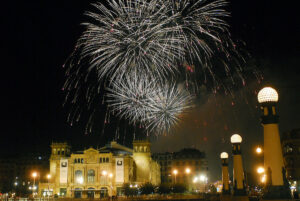Last Updated on May 8, 2025 by Maika Cotton | Published: February 4, 2020
This blog post was originally posted on February 6, 2019 and was updated on February 4, 2020.
Summer may get all the credit, but San Sebastian is positively magical during the springtime, too!
In fact, we might even prefer low-key, mild spring to crowded, busy summer. Less tourists mean lower rates on hotels, and the mercury is slowly but surely rising. The higher temperatures bring with them less rain than the wet fall and winter months, providing ideal sightseeing weather (although it is still a bit on the cold side for swimming).
Travel responsibly and consider visiting San Sebastian in March—here’s what we’ll be up to as we say agur to winter and welcome spring with open arms.
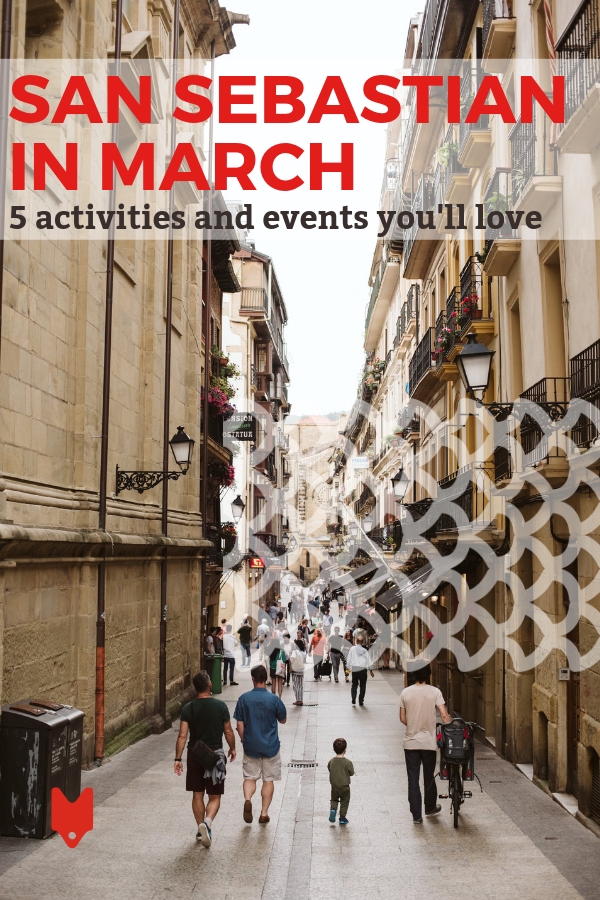
1. Celebrate Carnival with a Basque twist
Come late February and early March, no matter where you find yourself in Spain, there’s sure to be a Carnival celebration nearby. And here in San Sebastian, we take Carnival pretty seriously. In fact, celebrations start weeks in advance with the arrival of the caldereros to town in early February!
Carnival promises plenty of costumed revelers, parades and fun for the whole family. If you’re looking for a more off-the-beaten-path experience, consider taking a day trip from San Sebastina out to a nearby Basque village, where the Carnival celebrations take on an even more authentic, local twist. Tolosa, home to the eponymous black beans, hosts an especially impressive celebration.
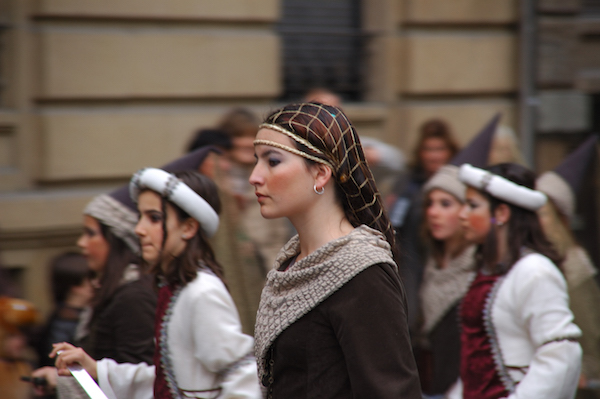
2. Get moving in the Spring Race or Lilaton
Here in the Basque Country, we’re all about getting up and moving. After all, when you’re surrounded by so much stunning natural beauty, you want to spend as much time outside as possible!
One of our favorite ways to stay active here in San Sebastian in March is by participating in the Spring Race, which usually takes place around the middle of the month (scheduled for March 15, 2020). The 10-kilometer course starts in the off-the-beaten-path Antiguo neighborhood and takes you along the coast and straight through the city, giving your run an awe-inspiring backdrop of spectacular views.
For the ladies, another great option is the Lilaton, an all-women’s 5K celebrating its 30th edition this year. 2019’s race, taking place March 1, features a route that snakes through the heart of the Old Town and loops around into Gros, with plenty of good vibes along the way.

3. Plan your next vacation at Sevatur
Ready to explore 23 different countries all within one sprawling 6,000-square-meter space? The world is yours at Sevatur, a massive travel fair taking place at San Sebastian’s Kursaal conference center.
The event features dozens of expositions centered on tourism, food outdoor activities and so much more. No matter what kind of traveler you are (we’re all about the food, of course!), you’ll love this fantastic opportunity to experience some of the world’s most gorgeous destinations and get some serious travel inspo for your next trip. This event is a must for globetrotters visiting San Sebastian in March!
2020 dates: March 13–15
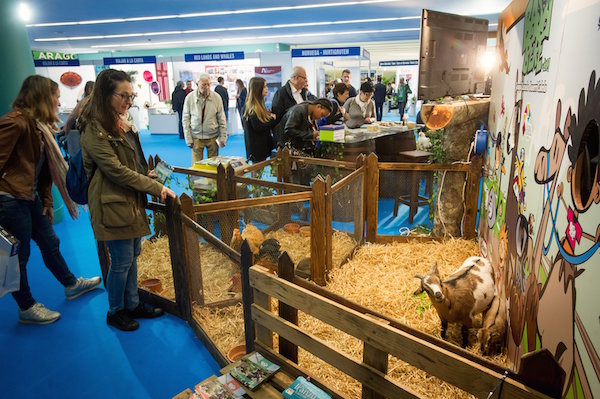
4. Catch a spectacular show at dFERIA
Whether you’re an aspiring actor yourself or just appreciate a good show, you won’t want to miss the Basque Country’s premier theatre expo if you’re visiting San Sebastian in March. Celebrating its 26th anniversary this year, dFERIA is where the best dramatic arts performers from all corners of Spain meet to showcase their talents.
Dozens of spectacular shows will take the stage throughout San Sebastian as part of the event. Ranging from gorgeous dance performances to Shakespearean classics to colorful puppet shows and more, there’s something for everyone at dFERIA.
2020 dates: March 9–12
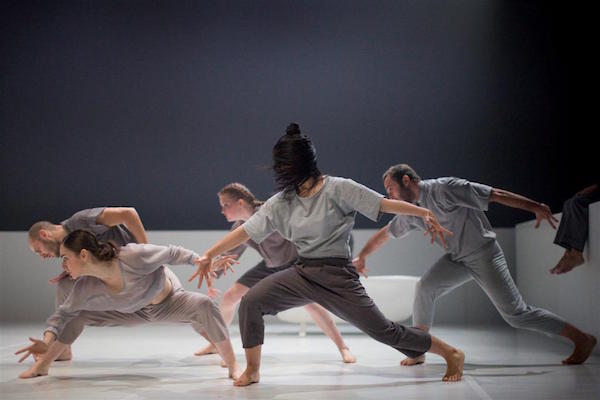
5. Sip on cider and txakoli
Eating like a local means drinking like one, too—especially when visiting San Sebastian in March. It’s the heart of cider and txakoli season, so these emblematic Basque drinks are at their best. When it comes to the former, visit a cider house to get the full experience—from the txotx to the traditional four-course meal to the fun and lively atmosphere. As far as txakoli goes, you can find it at most bars in the city itself, but consider heading out to Getaria, where it’s produced, for a deeper understanding of this unique Basque wine.
Craving any of the above already? Check out more insider tips for drinking like a local in San Sebastian in the video below!
